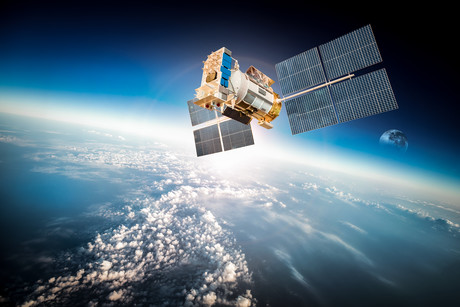SBAS trial launched for Australasian region

A national trial of world-first satellite positioning technology has been launched by the Australian Government.
The satellite positioning technology is known as SBAS, or a Satellite-Based Augmentation System.
The improved positioning accuracy and integrity of the satellite technology will potentially benefit a wide range of industries, including agriculture, mining, transport, construction and utilities.
The first contracts with industry have been signed as part of a two-year trial examining the economic and social benefits of an SBAS for the Australasian region.
“In coming months, further contracts are expected to be signed covering more than 30 industry-based projects across 10 sectors examining real-world applications of three new satellite positioning technologies,” said Minister for Resources and Northern Australia Matt Canavan.
“We know that working closely with industries like agriculture is the key to understanding what Australia can gain from investing in technologies that may improve positioning accuracy from the current five to 10 metres down to less than 10 centimetres.”
CQUniversity Australia, one of the first industry participants to sign on to the trial, is leading a project to test how improved satellite positioning technology can be used by cattle and sheep farmers to lower costs and improve production.
“As part of the trial, a number of the projects will be looking at how improvements in positioning can be used to increase production and lower costs for farmers,” said Canavan.
“For example, one of the projects will be examining the potential of ‘fenceless farming’ for strip grazing, while another will be looking at how crop health can be improved through more precise irrigation, fertiliser use and pest control.”
The new technologies basically augment and correct the positioning signals already transmitted to Australia by constellations of international satellites like the United States’ Global Positioning System (GPS).
“All up, three signals will be uplinked to a geostationary communications satellite out of Lockheed Martin’s station at Uralla in the New England region of New South Wales,” said Canavan.
In September, a second-generation SBAS (SBAS-2) signal was switched on. It is the first time anywhere in the world that SBAS-2 signals have been transmitted. Australia is also the first country in the world to trial Precise Point Positioning corrections integrated into an SBAS service.”
Member for Capricornia Michelle Landry said CQUniversity’s project would receive up to $180,000 in funding from the Australian and New Zealand Governments, with the project partners contributing an additional $105,000.
“You may start seeing cattle and sheep with special collars in Rockhampton and Longreach. The CQUniversity-led project is testing the construction of ‘virtual fencing’ for strip grazing and looking at how the precise tracking of livestock can be used for early disease detection and more efficient breeding programs,” said Landry.
“It all sounds a bit technical but what we’re really talking about is potentially increasing production and lowering costs for farmers.”
The SBAS trial is being managed by Geoscience Australia in partnership with the global technology companies GMV, Inmarsat and Lockheed Martin.
Customised rugged tech shaping the next era of defence comms
Rugged computing platforms are becoming central to how armed forces protect communication...
A guide to aquatic survival this summer
While most Australians are planning aquatic adventures this summer, less than a third are...
Maher Terminals enhancing operations with private wireless
Maher Terminals chose the Nokia Edge platform because it needed a secure, reliable,...




